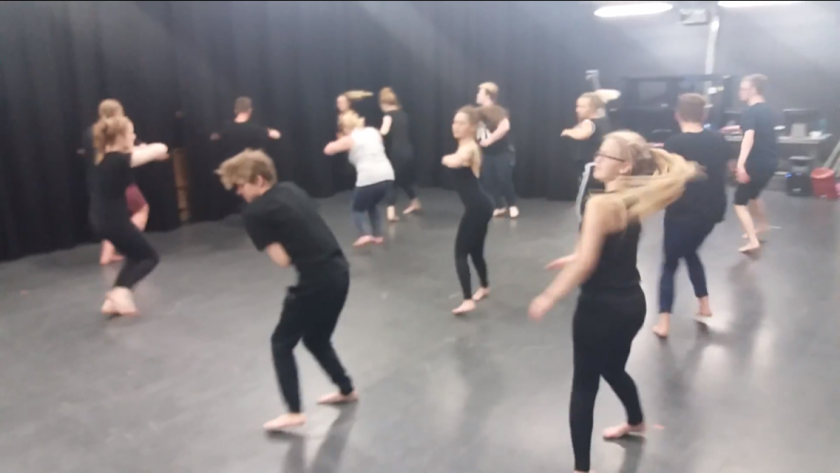In the scheme of characters with the stock characters, there are ten who are focused on most.
- Magnifico – the important head of the house hold who thinks with his brain and moves only a little (whenever he does move). Even though he is incredibly bright, he is still very dopey. A modern equivalent would be Professor Farnsworth from Futurama.

- Pantalone – The Pantalone is a stock character who is money obsessed and believes that everything has a price. He is driven by his desire to be the richest he can possibly be, the modern equivalent of this character is Mr Burns from The Simpsons. (1) As you can see from the video (the link is in the bibliography) Mr Burns is trying to avoid giving money until heavily being jeered into it, despite his incredibly wealthy state. Once he starts giving away money, he starts over reacting like the Pantalone would if he had to part with even a single penny.
- Il Dottore – Plenty of power is possessed by Il Dottore, despite his stupidity. The character has a lot of status for someone who knows nothing and will often embarrass himself in the process of getting things wrong in important situations. An example of Il Dottore would be Doctor Zoidberg. He is renowned as a incredibly stupid character that doesn’t know a thing about anatomy, yet he is a doctor. (2)

- Il Capitano – The captain is a character that talks the talk but can never follow through. He is cowardly and very lady obsessed. A modern example of this is Zapp Brannigan from Futurama. He is constantly getting into positions where another character must bail him out. He usually gets into awkward moments with the Columbina of Futurama, Leela.

- Innamorati – The innamorati are a vain couple that sees themselves as perfect and beautiful. They care only about themselves and what they want, as well as being incredibly beautiful and having a huge social class. The modern rendition of this would be Kevin Thompson & Brittany Taylor from Daria. They are the Quatreback for the high school football team and the head cheerleader as well as being insanely popular and loved by everyone. (3) As you can see in the video (down in the bibliography) Kevin and Brittany are incredibly dumb and self centred. One of them accepting flowers and the other expecting a thank you after the other half has been chased by bees.
- Columbina – The Columbina is a very smart female character. She is often a maid or a important female in a family. She can always work her brain and be able to assess and deduce a situation. She usually is looked down upon by some character but adored by many others. An example of her could be Hermione Granger from Harry Potter.
 Incredibly smart but looked down upon by the wizard ong community for me a mud blood (Harry Potter slang for someone not of wizard blood.) However despite this, she is adored by the likes of Harry Potter and Ronald Weasley.
Incredibly smart but looked down upon by the wizard ong community for me a mud blood (Harry Potter slang for someone not of wizard blood.) However despite this, she is adored by the likes of Harry Potter and Ronald Weasley. - Brighella – Brighella is known as the servant who likes to think he is the king of servents, like: Jessie in Pokémon; Slim in Of Mice & Men and Blackadder in the said show. Jessie and Blackadder are usually quite cruel to the associates within their group, while bossing them around. While Slim is more of a respectful farm hand with mutual respect with the rest of the serve to characters. Despite the fact these characters are at the same level as others, they do see themselves as superior or are perceived as more superior.



- Arlecchino – The Arlecchino is a cookey character. He is rather playful and kind hearted despite being very silly and usually getting in trouble for accidental mischief. A great example would be: Homer Simpson and Phillip J Fry. Both of these characters are protagonists of their television shows and while both being kind people they are incredibly stupid.

- Zanni – The zanni is at the bottom of the characters, he is a servent and not respected. He is known to fall over a lot and or be breaking objects. He is known for creating the frustration that the Brighella will be feeling. As well as making the Arlecchino rather scared of reprocussions as the: Brighella, Arlecchino and Zanni are all servants together. A great example of Zanni is Baldrick from Blackadder. He is not seen as equal by others servants and is bottom of the barrel (so to speak). He is very unintelligent and will often be reminded of that (4)
Bibliography
(1) https://youtu.be/8VYaZGo18lI
(2) https://youtu.be/9QUgdjLIjss

 (3)
(3)



















